Life, Death, & The Sefirot: FFVII’s History & Remake’s Future in a New Symbol of Reunion
by X-SOLDIER June 29, 2020 0 commentsSefirot Path Analysis: VI – Tifa
STROKE VI – Tifa, Nibelheim – and her link to Zack & Sephiroth
The first brush stroke runs from Binah to Tif’eret, and then the tail goes across deviated section from Stroke V. From a thematic sense, it follows these two points:
- Binah “Understanding” – The definition of an idea & how to bring it into being/female
- Tif’eret “Beauty” – Compassion that keeps the above two opposed emotions of “Grace, giving, & inspiration” and “Strength, discipline, & judgement” in balance
Binah is are the events in the past shared by both Zack & Sephiroth with Tifa perfectly suited for being in the role of Tif’eret & being this balancing factor from past to present for both Aerith & Cloud. Likewise Tifa & Aerith are also perfectly represented together in Tif’eret by acting being a unified balancing factor for Cloud. This duality in their love triangle relationship is perfectly shown in the back-to-back saving scene in the sewers in Chapter 10. Cloud crosses the walkway without issue, Tifa leads with confidence to ensure Aerith, and then saves her when the pontoons start to sink. Then Tifa & Aerith both cross a seemingly stable bridge that crumbles – and Cloud jumps to help, but Aerith pulls her & Tifa off safely – and they both have to work together to save him instead. Notably those two moments are intersected by a moment where Aerith says, “The future isn’t… set in stone. That’s what I always tell myself.” – despite the fact we see the idea of a world not trapped by destiny with a boundless sky actually being something that Aerith is deeply afraid of, we know that it’s also something that she’s always secretly still hopeful for.
Tifa’s Past: The Balance to Both Cloud & Aerith
Since there is a lot more to explore with Aerith specifically in the next section with Stroke VII, Tifa is very much the primary character to look at here, because her compassion is serving to form a better balance in the relationship between Cloud & Aerith in Stroke VI. Cloud classically represents the role of the Receiver in Malkhut and the force of “Strength, discipline, & judgement” inherited from Zack in Gevurah. Aerith classically represents the role of the Giver in Malkhut and the force of “Grace, giving, & inspiration” linked to Sephiroth in Hesed. They are also the qualities that strengthen the bond between Cloud & Aerith with the goal of preparing both of them for the parts that they have to play in their story – which is why in Remake Cloud learning to be more inspiring & tactful in conversation puts him on the path for a confrontation with Sephiroth, while Aerith learning to be more decisive & judgmental in her actions is what leads her to step in and voice her complete thoughts. Cloud & Aerith’s relationship is all about them growing from one another to be more balance for the hardships they have to inevitably face. We’ll cover this in more detail in Stroke VII, but this is important to understanding the interaction this stroke is setting up for. It all starts with Tifa – because of her presence during the Nibelheim incident, and how she connects everything for the other four of the first five characters who defined the core story framework in the development of Final Fantasy VII: Sephiroth, Aerith, Cloud, & Zack.
Tifa’s past puts her both metaphorically between Zack & Sephiroth as well as literally between them on a very important photograph that is a clue in the mystery around discerning who Cloud is, what’s real about him & what isn’t. Binah is the Sefirah where all of the events of the story start – before Zack & Sephiroth split ways and start along different paths. It is when these two individuals are still in balance, and then by the end of the Nibelheim incident they have split ways – Zack’s story going through left along the Pillar of Severity from the events of Project G & Sephiroth’s going through right along the Pillar of Mercy following the events of Project S. This hits at the center of these five’s very tangled relationship.
- Zack was Aerith’s first love. She came from a background like Sephiroth of being kept like a Shinra science experiment, and Zack is someone who helped her start to escape the steel sky of the undercity of Midgar. She’s haunted by memories of the terrible things that Shinra’s done to people, including her mother, as well as Zack going MIA & then dying. Aerith is kept safe by Shinra because she’s an Ancient they want to lead them to the Promised Land. Aerith’s story is focused on Sephiroth & Jenova as the threat to the Planet.
- Sephiroth was Cloud’s first hero. He came from a middle-of-nowhere town like Zack, and he watched out for Cloud even though he never made it into SOLDIER he stuck by him. He’s haunted by the memories of the terrible things that Sephiroth’s done to people, including killing his mother, and destroying his town. Cloud is kept safe by Sephiroth because he’s a Jenova subject that Sephiroth needs to reach his Promised Land. Cloud’s story is focused on the Shinra scientists & mako reactors as the threat to the Planet.
Tifa’s Pain that Fuels Her Compassion
Tifa knows all about the way that both Sephiroth & Shinra are mutually involved in horrible things, but especially because the key events of the Nibelheim Incident & the Sector 7 Plate destruction both result in disasters that destroys her home – not just once, but twice. It’s why from the very start of when we meet her Remake, she has huge misgivings about the fact that Avalanche is doing things that involves civilian casualties – no matter how necessary it seems. It’s why when she does join them on the attack on the #5 Reactor, she goes out of her way to save Shinra Middle Manager. Additionally, each one of her events and tragedies also links up to consequences that involve psychological torture at the hands of Shinra for either Cloud in the Shinra Manor, or Aerith at the Shinra HQ – both of whom she takes up being a central support figure for.
When Sephiroth burns Nibelheim to the ground, it leaves Cloud & Zack in the hands of Shinra’s scientists – the inciting incident that results in the version of Cloud’s persona who Tifa meets just prior to the start of the game’s events. Then when Shinra drops the plate onto the Sector 7 slums, it leaves Aerith in the hands of Shinra’s mad scientist Hojo, which brings them into contact with Jenova & Sephiroth and starts off the main story outside of Midgar. These two connections are important for Tifa’s story trajectory in Remake, since she directly follows up on both of these things for Aerith & Cloud in Chapter 17. When learning about what Aerith isn’t talking about to the others, Tifa saves Aerith from the Whispers and they dissipate. Her doing that for Aerith encourages her to stay on the path that eventually leads to them defying destiny. Later in the same chapter, Tifa has to come running to save Cloud after his battle with Rufus in order to encourage him stay in the position of being the hero. This helps Cloud have the courage to take point when breaking out of the Shinra HQ. Then because of both of those things, Cloud & Aerith move forward together to lead the party into Destiny’s Crossroads.
Tifa’s Finding the Real Cloud & Guiding His Final Choice
From the original game, we also know that there are going to be many more points where Tifa will continue to be re-connecting Zack’s story into Cloud’s & Aerith’s again later in the narrative. When they first arrive in Gongaga, it’s pretty much guaranteed that the optional events in the original game with Aerith & Tifa talking about Zack will be a dedicated part of the story where she aids Aerith in her struggles from the past with Zack. This will mirror how she helps Cloud with his own memories of things in Nibelheim, even though he can’t remember Zack at this point. This connection loops back naturally when Cloud gives up the Black Materia & passes out at the Temple of the Ancients awakening in Gongaga, and Aerith has departed. Then after he gives up the Black Materia and falls into the Lifestream, Tifa will be there to stabilize and help him finally find himself. Finally, in the end the Tif’eret connection has always come back full circle with Aerith’s hand bathed in light, reaching out to Cloud’s superconscious presence at the Edge of Creation as Tifa’s does the same in the real world – which is why this brush stroke is so important. Those two things also directly parallel the choice that Cloud has to make now: Does he come back to reality to join Tifa and escape the North Crater, or does he erase that Planet and get pulled into another new reality where those things never happened?
The tail of Stroke VI continues cutting perpendicular through the path of Stroke V. This is the path that could push outside the bounds of reality & block Sephiroth’s new path in Stroke IV from reaching its goal in Yesod. It’s even got a tiny little drop that falls outside the confines of the Sefirot. A tiny little speck of reality out on the Edge of Creation, to serve as a vantage point to look back at everything in reality that’s currently transpiring. A view the paths of Destiny itself where Sephiroth speaks with Cloud – and offers him a choice that he doesn’t yet understand.
It’s why Tifa’s path is the one that informs the decision that Cloud ultimately has to make. She is Cloud’s & Aerith’s compass. She knows the pain of loss both on a personal level and at a catastrophic level, and you believe that she will do anything it takes to prevent it. She feels death intimately a scale that Cloud is still disconnected from, and Aerith is too closely connected with. What she teaches Cloud is what will guide his decisions at the end of everything. Her losses, her understanding of Cloud’s & Aerith’s pasts, her understanding of their connection in the present, and her direct connection to his mind to help Cloud find his true self again – which is the same type of mental recover that the Unknown Sephiroth’s change of speech pattern points to, and what he needs Cloud’s help to achieve in another reality.
Why Remake has a Different Promised Land to Offer
When Cloud comes back to reality in the original game, he says, “…I think I’m beginning to understand. An answer from the Planet… the Promised Land… I think I can meet her …there.” and Tifa says, “Yeah, let’s go meet her.” It is the very same desire that the fans of the original felt for years in wanting to play Final Fantasy VII again, and encounter these characters just like it was the very first time they got to. Advent Children let us experience what that closure was like for them, but this is directly connected to why this deep existential question exists slightly differently in the game called Final Fantasy VII Remake – if we’re experiencing this literal Reunion as players, are we comfortable denying this same experience to the characters in this story who we care for so deeply?
This is Aerith’s struggle that’s being expanded upon. Meeting Cloud lets her experience what Jenova’s Reunion is like, but getting that also gave her even more than she’d dreamed of & she came to treasure that experience. That’s why she’s struggling in Remake, and that’s going to inform the dichotomy of choice between the characters. We’ve seen that they’ve succeeded and Advent Children which brought Cloud his happiness there. As fantastic as it is, that’s the path of a normal life. Remake is about asking the question of what would the other option look like, and what if the Promised Land was an actual place?
The last three faces we see in the ending of Final Fantasy VII are those of the struggling-to-be-a-real-family trio in Advent Children: Marlene, Tifa, & Cloud. They’re the last people we see as everything ends in a flash of light, before looping back to show Aerith’s face from the opening sequence. We know from the Sefirot that that is because the Light of Creation is shining out from the Will of the Planet, since that conscious act by the Planet only became possible by them being back in balance again. So what got created there that let them see her face again?
The original ending is ambiguous so that you can find a personal answer, which is why the only thing we see is the balance of nature returned with Nanaki & his cubs looking at an overgrown Midgar 500 years later. Advent Children is a literal continuation of that story, which is why in Remake we’re seeing a version that has to directly address the other path. That’s why just after that opening shot of Aerith from the end of Final Fantasy VII, things have changed already with Sephiroth’s theme cutting in just moments later. It’s setting everything up to make the players consider if the Promised Land is just having what you already got to live through where you can treasure every moment of what it was despite the pain it brings, or if it’s the version of reality that the characters are currently experiencing in Remake where we might get to go back and save everyone. It’s a perfect question – because the concept of the Promised Land is intentionally both literal & metaphorical. Either answer could be correct, depending on your interpretation & what you value most, and how you choose to interpret what’s presented. This is why the branching paths still exist – you get to make the choices for the story that matter to YOU, and act on how you view those things personally.
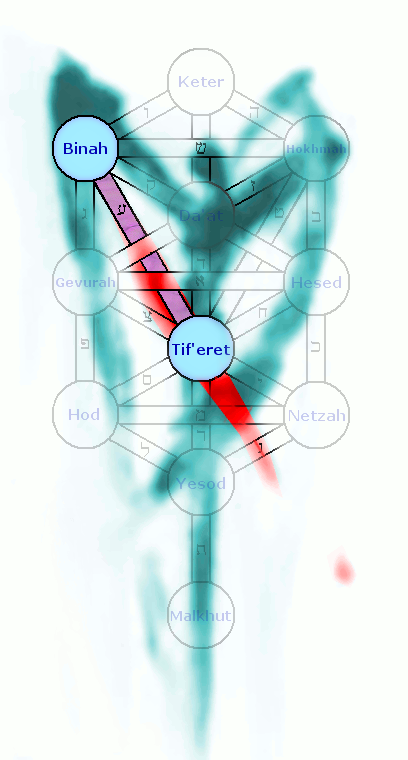 Onward to: Sefirot Path Analysis: VII – Cloud & Aerith
Onward to: Sefirot Path Analysis: VII – Cloud & Aerith

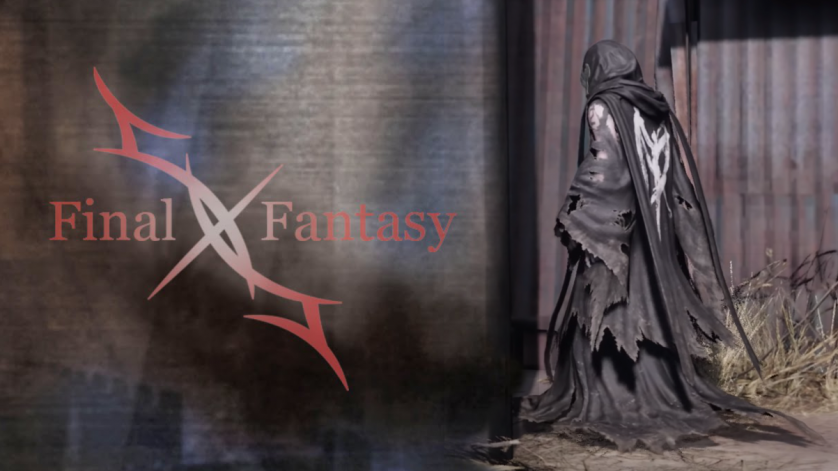
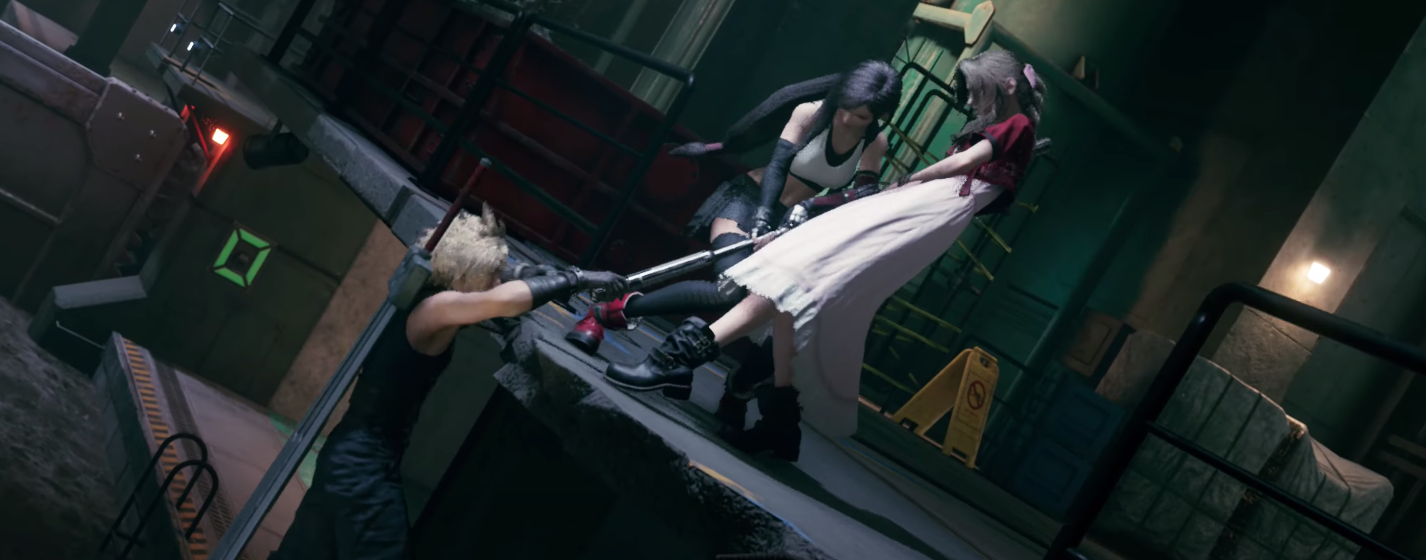
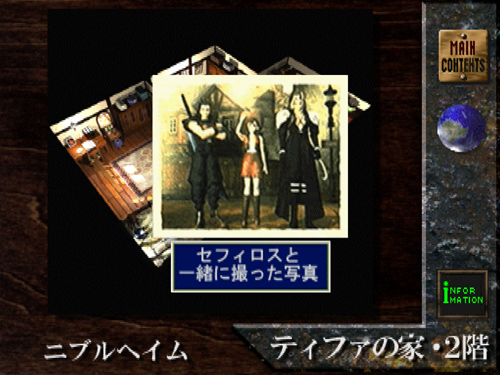
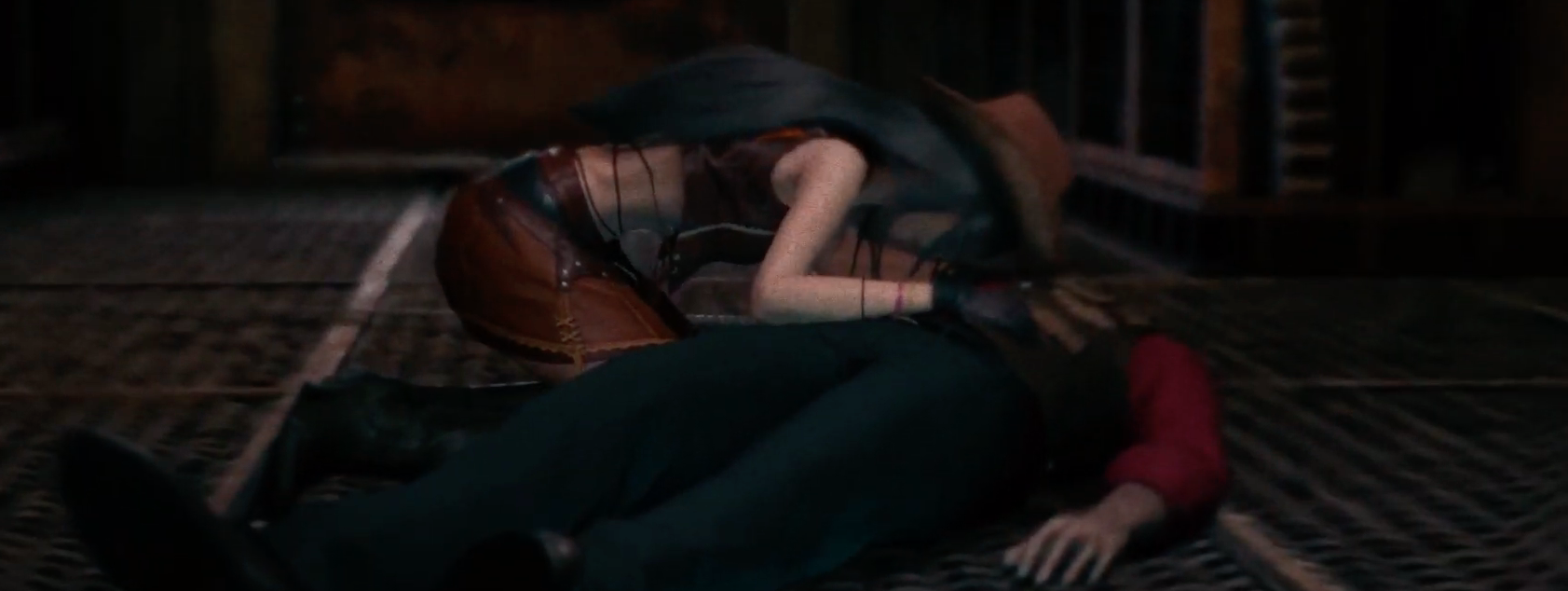
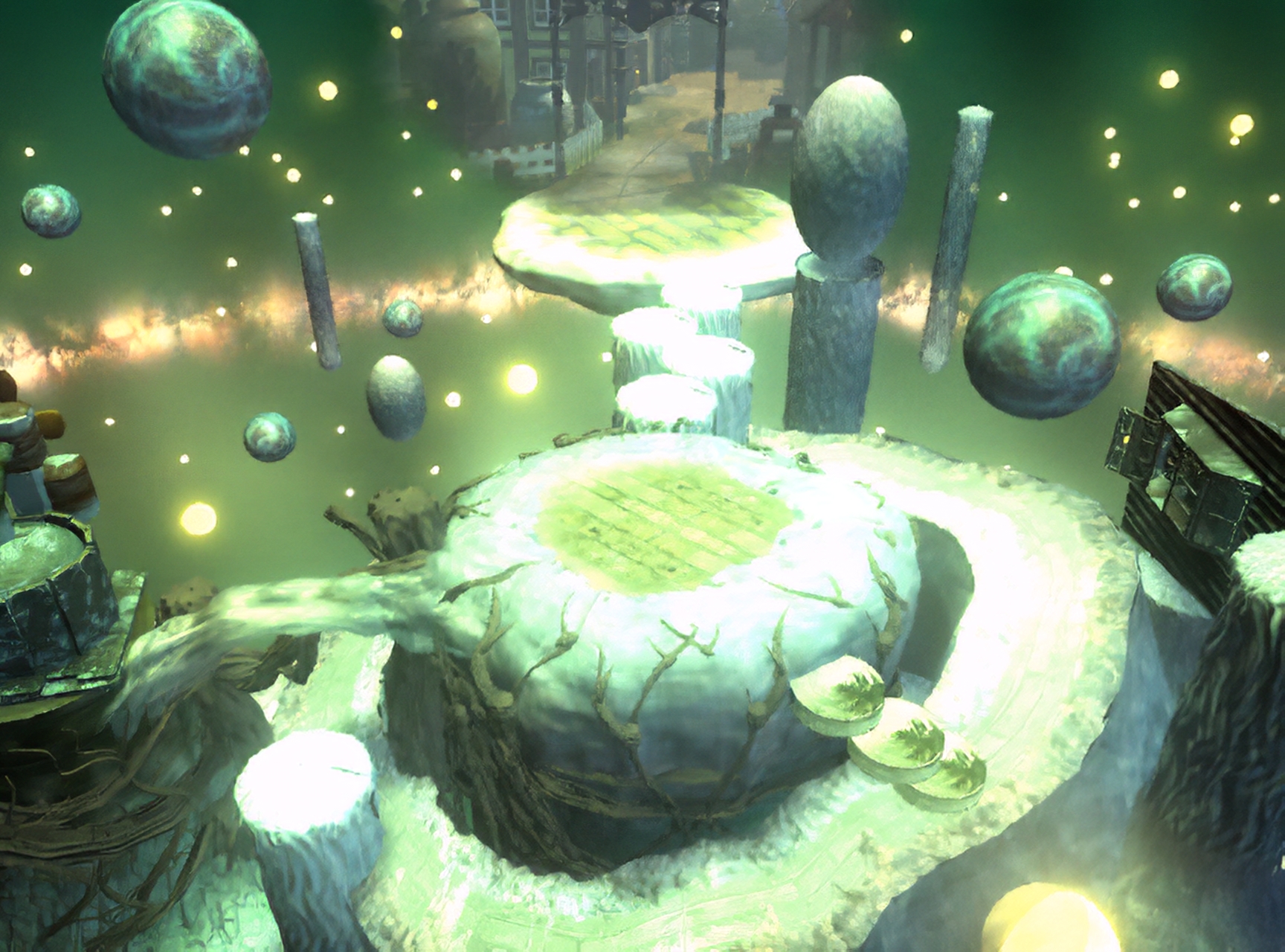
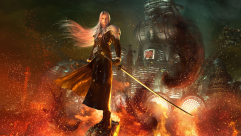
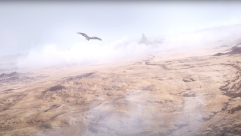
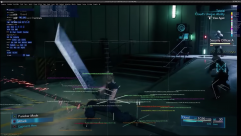

No comments yet
Log in or Register
This is absolutely incredible and I’m sharing it everywhere. Great work X- Soldier.
I’m really glad that you appreciated it, and thanks much for sharing it as well, Schrodingersbabyseal! Hope ya have a good weekend!
Very impressive article as alwyas X-Soldier. Tbh, I still don’t like the whole concept of fate and the meta elements for how overbearing they are. The whispers, specifically, are insanely invasive and not subtle at all. Nonetheless, this was a very interesting read and I especially enjoyed your interpretation of the perspectives of Cloud, Aerith and Sephiroth for the upcoming parts.
Thanks much, X7Strife. Honestly, I felt exactly the same way about them at first, but the more time I’ve spent looking at them, thinking about the original game, and considering what Remake means to the team who’s actually doing it, the more I’ve come to really appreciate what they mean to the story itself. They feel more valuable and less like some slapped on addition to make things new like they did at first.
Fate seems like an odd thing to examine at first, but when you’re talking about life & death… it’s an even more odd thing to ignore. It’s invasive because that’s what it’d be like going back & reliving events you want to change with your whole being, but not being able to. I can’t guarantee that they’ll nail the execution once it’s all said & done, but at this point I feel very confident in what they’re presenting with them & why.
Personally, I’ve found that it’s best not to think of the Whispers as being purely meta concepts – even though they do also serve that purpose in Remake. It helps a lot to view them just like the Planet’s other existing spiritual defense mechanisms like the Weapons & Materia. In the original game they would have been completely invisible to us, since that game just follows the Sefirot’s paths, rather than knowing things about the paths in order to try deviating from them. Everything about what they are matches with the original game in their overt physical presentation, as Final Fantasy VII has never been subtle with the presentation its spiritual concepts once you know what you’re looking at, which is what I wanted to do a lot of in this article.
There’re actually a lot of ways that the Whispers have already been adhering to the in-world mechanics with the the Planet & Shinra’s Science experiments, too. Despite being new and feeling a bit strange, they’re still perfectly aligned with spiritual core of Final Fantasy VII, as well as a lot of the in-game lore as well. I briefly mentioned some of that on Page 7 (in the bit about Stroke II) that I’ve been planning on breaking those things down in a future article, and this is all sort of why I wanted to cover these things first before poking around at some things about the Whispers from a purely in-game-world perspective.
I hope that whenever I get to dive into a bit more detail on them from that perspective that maybe that’ll help ya find them a bit more appealing & less invasive. Either way, I’m glad that you found some things to enjoy from all of this despite not being to hot on the Whispers! Have a good week!
Thank you for this thoroughly researched article!
I’d seen the joke(?) before that David Bowie is in every video game, but this really spells it out as far as Sephiroth. I could never quite get into Bowie’s art rock but now I want to see “The Man Who Fell to Earth”!
I wonder if Seph’s silhouette (fashion-wise) was also inspired by Bowie’s dress + boots for the cover of “The Man Who Sold the World”?
Glad to’ve provided it!
I saw a lot of those while I was doing research, and it was amusing that I was adding yet another example to that list. “The Man Who Fell to Earth” is quite an abstract Sci-Fi film and there’s a ton of nudity in it, but it’s SO very interesting looking at it as something with links to the themes in Final Fantasy VII.
I think that Sakaguchi had some input about Sephiroth’s & Aerith’s designs (they have similar hair because they were initially going to be siblings in the game), but I wouldn’t be too surprised if there were even more Bowie influences than I managed to pick up. 😀
I have to be honest: I did cry in the end.
I’m very sorry for your loss, but knowing that this is what ultimately allowed you to understand more deeply the authors’ intentions and feelings about where they want us to go in the game is inspiring to me. Making us reflect on life, death and our memories, once again, would be the greatest gift they could give us. I really hope you’re right.
It’s amazing what you’ve managed to do. Thank you.
That means a lot to me, so thanks so very much for taking the time to let me know. I did cry several times over the course of doing research & writing this. Additionally, I just learned over the weekend that another friend of mine passed away unexpectedly – and having just written all of this really helped me a lot in processing that, too. I’m working on a semi-companion piece to this one that covers some different but related topics, so I’m hoping it’ll be just as insightful.
Again, thanks for reading through this and letting me know, & I hope that you have a really wondering week!
I haven’t even finished reading this and my mind is already blown. I’ve also been reading the unused dialogues from the OG and man does it give a lot of insight into some of the way remake was done. At least in my opinion. FF7 is my favorite game/story of all time and deep diving into understanding it has been a passion since remake was released. Thank you so much for all this research and concise explanation. I wish i had a friend like you to talk to about all this ff7 passionate stuff, no one around me GETS it.
There was an interview with Kitase in Famitsu that got translated today, and it loosely touched on a couple things I mentioned here in ways that were super satisfying.
I’m glad that you’re enjoying it so far & hope that it carries on with you to the end! I’m slowly working on more, so hopefully that’ll help! It’s a passion that I deeply enjoy, so thanks for taking the time to read & provide extra encouragement for doing this sort of thing!
Hello X-SOLDIER!
I finished the original FF VII a couple of days ago and was really impressed by story, characters and themes of the game and I want to understand more. Unfortunately, I can’t play the Remake right now and I wanted to ask if your whole article has Remake spoilers or I can read some early pages. Or maybe there is some other good article with in-depth analysis of the original game?
Heya literious! I’d very much recommend steering clear of this one for now. There are definitely little bits and pieces of Remake-related information scattered throughout, since the symbol that it’s focused on only appears in Remake.
Really glad that you finished the original though, and you’re more than welcome ta join us on the forums to chat about things there!
In some translations Netzah is pronounced more like Netzach…which would be interesting, since Netzah is broken off from the tree. Remake could be attempting to reestablish his presence.
Just amazing, i’m looking forward for your next analysis!
You bring so much to fans of ffvii like me
thanks and thanks again